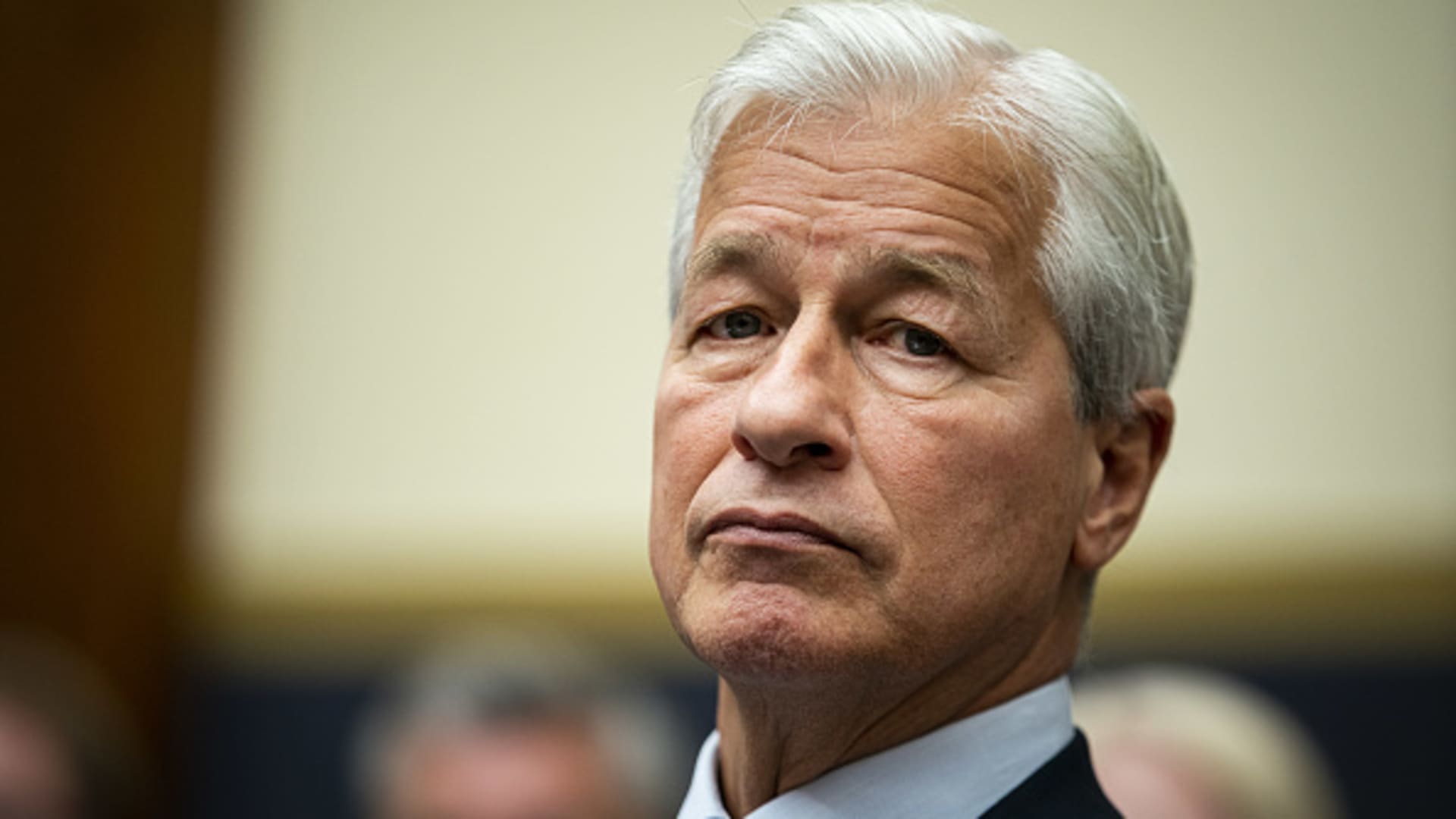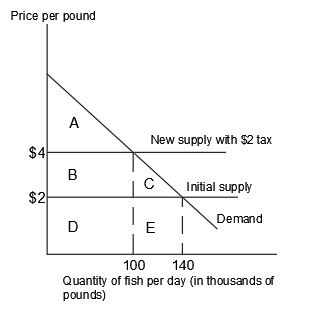In a National Capital with the maximum number of VVIPs, here is an intriguing question: Who is the big boss of Delhi? Is it the Union home ministry which controls the sprawling Union Territory of Delhi? Is it the lieutenant-governor (L-G) as a representative of the Centre who is the final authority? Or is it an elected chief minister (CM) who has the power to run the city?
The most recent example of the stand-off in Delhi between L-G VK Saxena and CM Arvind Kejriwal is the battle over a key mayoral election. The L-G unilaterally nominated his aldermen (nominated members) to the Municipal Corporation of Delhi (MCD) and decided on a presiding officer of his choice. This led to pandemonium in the civic body between the Aam Aadmi Party (AAP) and the Bharatiya Janata Party (BJP) councillors, resulting in the mayoral election process being stalled.
At the heart of the dispute is the L-G’s role and responsibilities. Is the L-G acting as a neutral umpire between competing political parties? Is he a 12th man playing for one side by usurping the powers of an elected government in a manner that renders the Kejriwal government almost irrelevant? Or is he the government of Delhi?
Under the Government of National Capital Territory of Delhi (GNCTD) Act 1992, the L-G is expected to act on the “aid and advise” of the council of ministers, except in matters of police, public order and land. This implies that executive powers are vested in the elected government, not an unelected L-G. However, in March 2021, the BJP-led NDA government pushed through amendments to the 1992 Act in Parliament that whittled down the autonomy of the elected government and gave the L-G overarching powers over almost any decision taken by the state cabinet. In addition, the amendments say that the Government of the Capital Territory of Delhi means the Lieutenant-Governor-Administrator, a definitional sleight of hand that allows an L-G to bypass the state government.
Which is exactly what has happened since Saxena took over as L-G in May last year. On almost every issue, he seems to be overruling the Kejriwal government while virtually taking over the administrative functioning of Delhi and getting the state bureaucracy to report to him, even on mundane matters. That a three-time elected CM — twice with a thumping majority — should be seen as subservient to a non-elected government official is a travesty of constitutional democracy. It also sets a dangerous precedent: Could the President of India tomorrow dictate terms to the political executive at the Centre? How does one hold the Kejriwal government accountable for promises made at election time? The truth is that the Delhi BJP has been unable to combat Kejriwal’s local appeal despite frequent changes in its state leadership. A hyperactive L-G seems to be a ploy to cut the AAP leadership to size.
Allegations of misuse of constitutional authority is not unique to Delhi but is part of an emerging pattern of Centre-state political confrontation that compromises the federal edifice of the Constitution. Several non-BJP state governments find themselves in the crosshairs of Raj Bhavans that they allege as acting as the central government’s proxies, instead of unbiased guardians of the Constitution.
The unprecedented action this week of Tamil Nadu governor RN Ravi in delivering a speech that deviated from an approved text and then walking out from the assembly is typical of the disregard for constitutional conventions. The Dravida Munnetra Kazhagam (DMK) and its allies in Tamil Nadu have pointed out that the governor is sitting on bills and making a series of politically loaded statements, even calling for changing the state’s name. He is not alone. In Kerala, governor Arif Mohammad Khan has been engaged in a war of words with CM Pinarayi Vijayan. In Punjab, governor Banwarilal Purohit refused to summon a special assembly session. In Maharashtra, governor BS Koshyari — a former BJP CM — was accused of aiding the Shiv Sena rebellion by rushing ahead with a new government formation while disregarding defection petitions pending in the Supreme Court (SC). In Jharkhand, governor Ramesh Bais, a former BJP Member of Parliament, has kept the Hemant Soren government on tenterhooks over a possible disqualification in an Office of Profit case. In Telangana, there has been a bruising tug-of-war between CM K Chandrashekhar Rao and governor Tamilisai Soundarajan, a former BJP politician.
The argument that previous governments at the Centre also misused Raj Bhavans will not stick. Rubber stamp governors guilty of arbitrarily dismissing state governments during Congress regimes can be no justification for gubernatorial interventions that appear brazenly politically aligned. Article 154 (2) (a) in the Constitution says: “Nothing in this article shall be deemed to transfer to the governor any functions conferred by any existing law or any other authority.” Plainly, the Constitution does not allow a governor or an L-G to assume a role that citizens confer on the state’s elected government. If the Union government is unwilling to recognise and respect this distinct separation of powers, then the SC must send it a telling reminder before it is too late.
Post-script: Between 2019 and 2022, Jagdeep Dhankar was West Bengal governor and was engaged in repeated altercations with CM Mamata Banerjee. In August last year, Dhankar was elevated to vice-president. As a DMK spokesperson sarcastically remarked during a TV debate, “A precedent has been set: Openly challenging non-BJP state governments is seen as an achievement for a governor which brings its own rewards!”
Rajdeep Sardesai is senior journalist and author The views expressed are personal
















